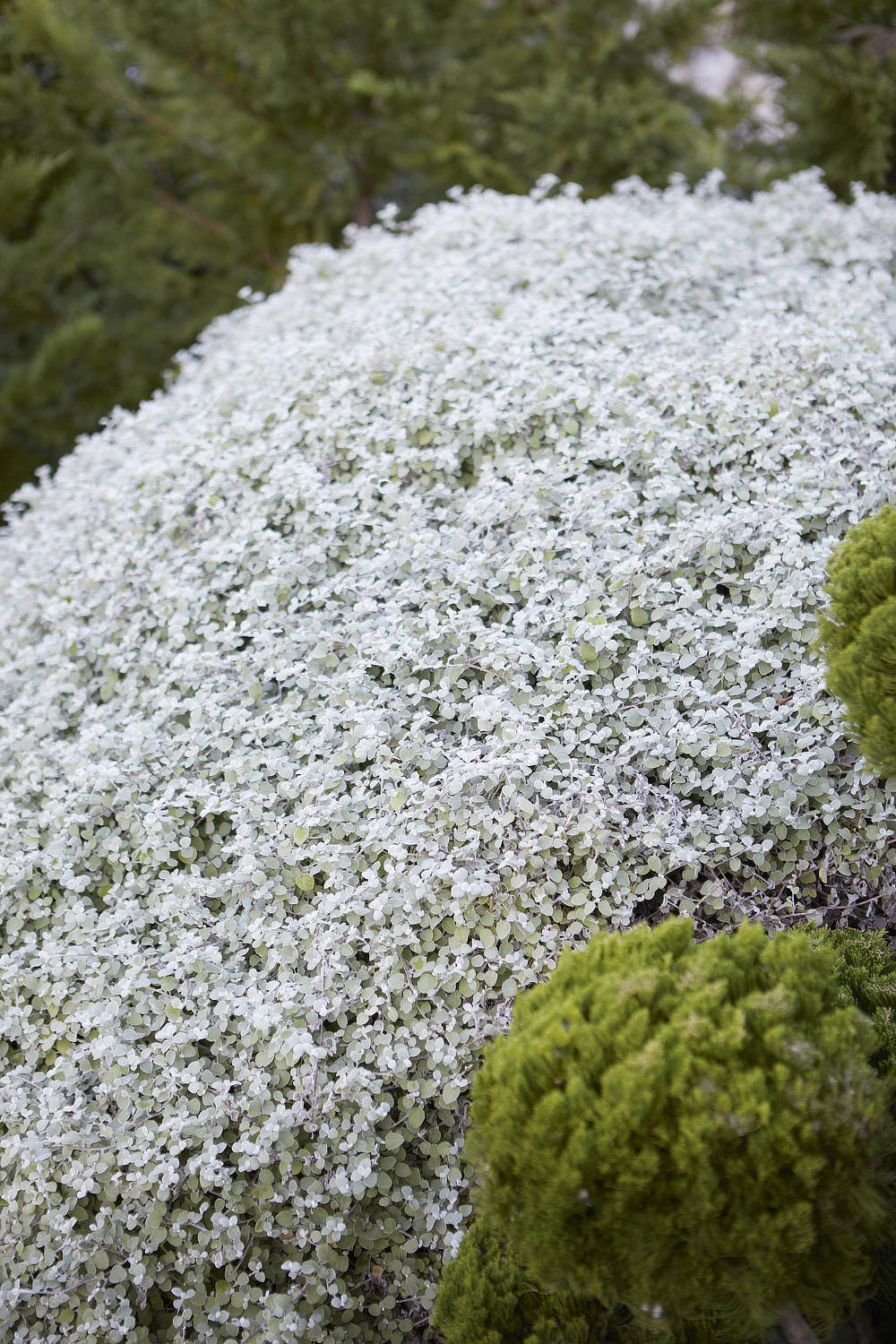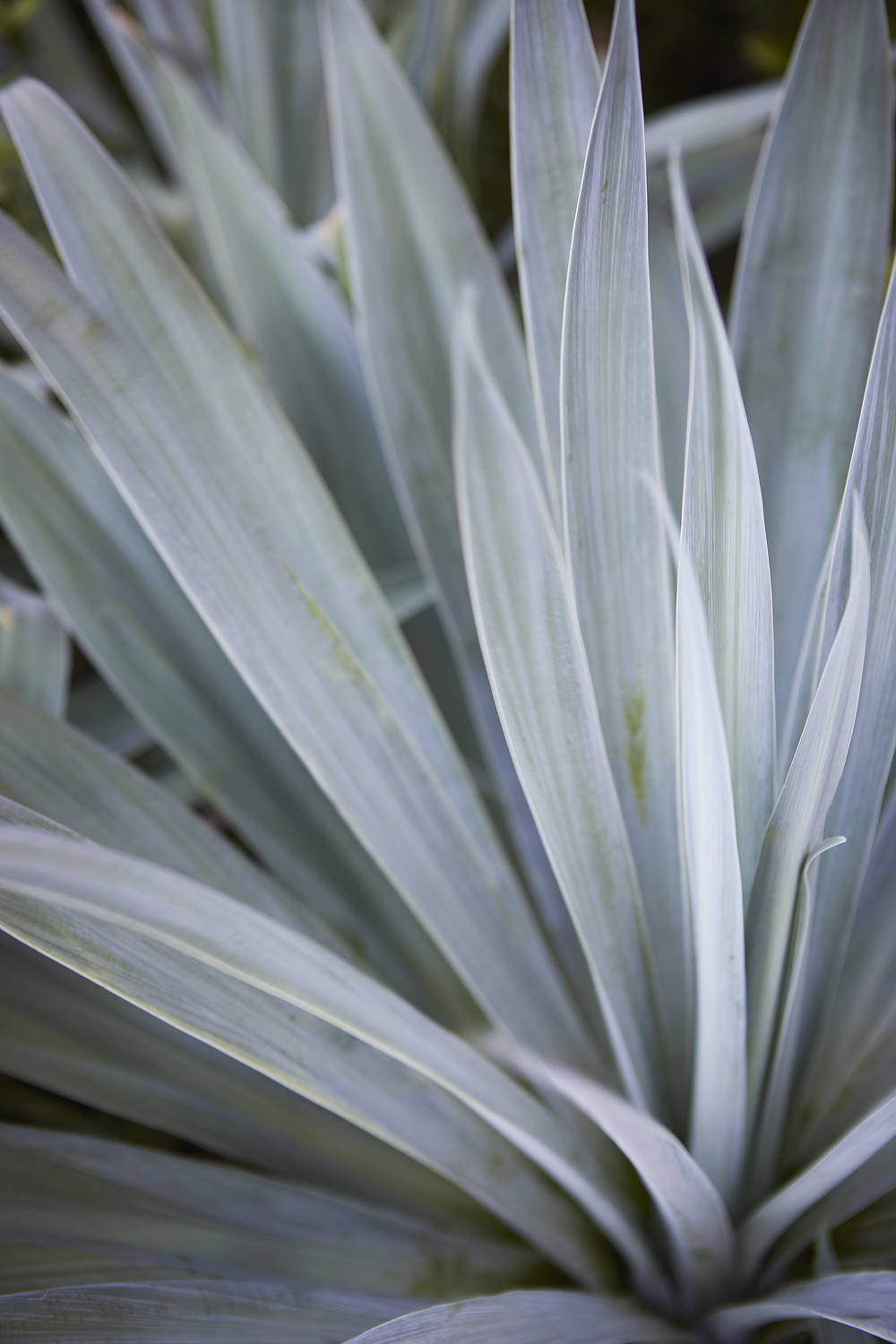What is better than enjoying your garden and sprawling out on the lawn with ‘man’s best friend’ or perhaps watching your cat explore the garden, drifting between the plants, sniffing and enjoying the outdoor space? I love animals and I love my garden but sometimes they don’t mix, plenty of plants are poisonous so you need to be wary if your animals have access to them.
There are lots of plants that contain toxic compounds in them, such as apples, tulips, hellebores and bluebells however the amount your animals would need to consume to have an effect is so huge that its very unlikely to occur. There are a few pants that are highly toxic that should be avoided from the garden if you care for pets.
For cats one of the most dangerous and in fact deadly plants is the lily. Most lilies can cause sickness in cats but Tiger, Day, Asiatic, Easter and Japanese Show lilies are the worst even a few petals can cause serious problems for a feline.
Oleander is popular as its very hardy, easy to grow and flowers profusely but it is toxic if ingested by cats or dogs. If you burn the wood the smoke is highly toxic to humans too and can even cause death – that’s not to say you shouldn’t plant it – just keep it in a spot where access is limited to it and be aware of the issues it comes with. It’s perfect for a spot where nothing else will grow or a spot where access is limited so you need a maintenance free option. Saying that if your cat or dog eats everything then avoid growing this shrub.
If you have a dog that likes to lay around in the garden, and let’s be honest what dog doesn’t like to sprawl around outside, then you should steer clear of using ivy as a ground cover as this can cause skin irrigation. If your dog is a chewer, then it can also cause internal issues including vomiting and diarrhea. It’s important to keep on top of the ground cover weed Tradescantia too as this is highly irritable to the skin.
Yesterday, today, tomorrow or botanically known as Brunfelsia is a beautiful shrub with highly fragrant flowers that can be a great addition to many styles of garden however it contains both a stimulant and a depressant and when animals ingest it signs of both can be seen. These signs might include vomiting, anxious behaviour, coordination problems and even seizures so a vet should be seen immediately.
The angels trumpet is a tree with stunning six inch long trumpet like flowers that simply beg to be picked and used as a pretend horn, especially to children however it can have hallucinogenic effects and even deathly consequences. If you must plant this tree keep it at the back of a bed and away from access from children. This plants is also highly toxic to pets and can easily cause breathing and heart rate issues as in some cases even death.
There are a few plants that are toxic that you might not think such as Aloe Vera, Sago palms (Cycads) and even Hydrangeas however I wouldn’t shy away from growing them unless you have a destructive puppy or rambunctious cat. Sago palms and aloe vera have spikes to protect them so you need to be a very naughty puppy if you wanted to chew on these and the levels of toxicity found in hydrangeas are low and mostly in the leaves and flowers which are normally left alone by animals.
If you have a cat or dog that is likely to ingest any of these plants is a good idea not to grow them, if you are concerned your pet may have been poisoned by a plant do not hesitate to take it to your local vet and take the plant with you for identification purposes.
Hi Charlie, We love your articles in the Sunday Times here in Perth. 3 years ago we planted rows of Dianella Tas Destiny and Dianella Tasred. They both are reticulated, get full sun and we fertilise twice a year with Dynamic Lifter. The Tasred is along the front footpath and gets more heat. Neither are thriving and we are thinking of removing the Tasred altogether. We are in Yokine. What are we doing wrong and can we bring them back to good health? Regards Gail
Dianella only really suffer from rust, gall mite or too much water. I would suggest by the look of your plants that you are spoiling them with water. To remedy cut the plant down to around 3 inches from the ground, removal the foliage out of the garden and re-route the irrigation and then leave them alone. You should see signs of growth in a couple of weeks and only water on the hottest of days or if rain hasn’t fallen in a couple of weeks.


